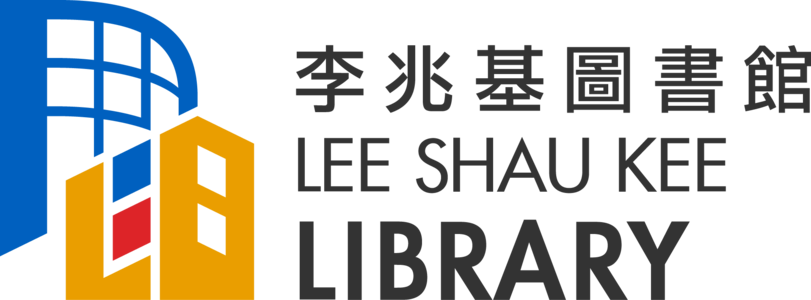Understand the 2022 US OSTP Memo on Access to Federally Funded Research – Its Impact and Relevance to HKUST Researchers
On 25 August 2022, the White House Office of Science & Technology Policy (OSTP) released a memorandum on "Ensuring Free, Immediate, and Equitable Access to Federally Funded Research"


